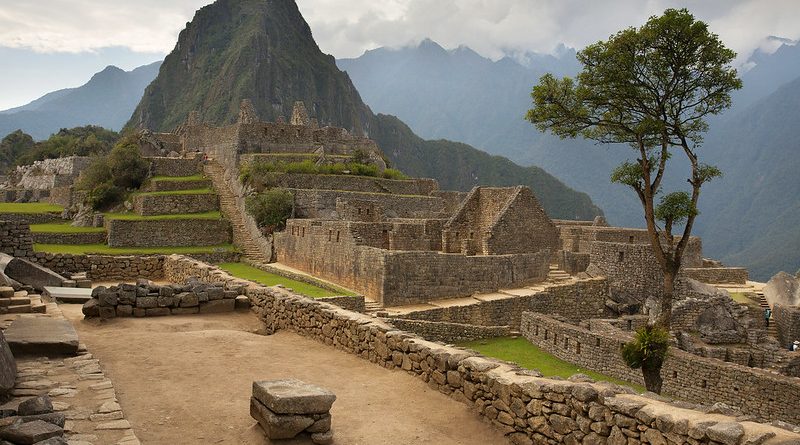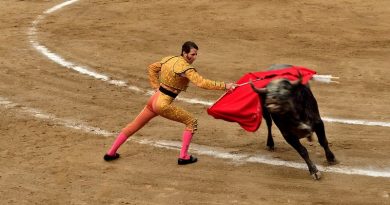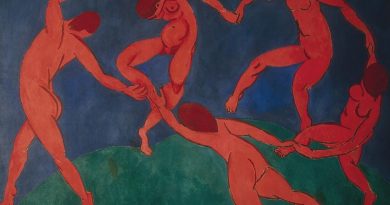The Ruins of Machu Picchu
History Facts
Where: Urubamba Valley, Peru
When: Built in the 15th century, uncovered again in 1911
History: Former Inca stronghold which went unrecorded during the Spanish invasion
Go there for: An unspoilt early morning view of the mist enshrouded monuments
Machu Picchu is the most famous of all the Inca ruins in Peru, and for many visitors to South America, the high point of their trip. It’s a four-hour train journey through spectacular scenery from the town of Cusco to Aguas Calientes in the Urubamba Valley, or to ’50 miles’ – the usual starting point for trekking along the Inca Trail to the ruins.
What’s the history here?
One of the most miraculous things about Machu Picchu is its location. It appears to be suspended between two mountains and is often enshrouded in mist. It can’t be seen from the Urubamba Valley below and is an enchanting place, especially considering that the Incas didn’t even have the use of the wheel when they built it.
Machu Picchu was built in the mid 15th century, but because it’s existence was not recorded by the Spanish Conquistadors who ramsacked the region in the 1530s, historians can only speculate what its purpose was. Many of the ruins incorporate ceremonial features, so it could possibly have been a religious sanctuary. It’s likely that the place was already deserted by the time of the Spanish invasion, as it otherwise would have been mentioned in their reports of the Inca civilisation.
Whatever purpose it served, until it was ‘discovered’ by American historian Hiram Bingham in 1911, Machu Picchu had been forgotten by all but a handful of local peasants for 400 years. Bingham at first thought he had found the lost city of Vilcabamba, the last stronghold of the Incas which is now known to be deeper in the jungle, at Espiritu Pampa. It was an enormous task to clear away the thick forest which covered the ruins and excavate the site properly. Despite recent archaeological investigations which have uncovered some interesting new evidence including burial sites, our understanding of the origins and history of Machu Picchu remains sketchy.
Machu Picchu was declared a UNESCO World Heritage Site in 1983, howeve,r ever increasing tourism is damaging the site. On average, more than a thousand visitors tour the ruins every day and the construction of more and more tourist facilities is endangering the site’s unique environment. The latest, highly controversial plan is to build a cable car to ferry unmanageable numbers of tourists across the Urubamba Gorge – a scheme which will scar the magical setting of this incredible Inca site.
What’s there to see & do?
For budget backpackers the most common way to get to Machu Picchu is to hike for 4 days along the Inca Trail. The trek starts at 50 miles, a stop-off point on the train journey from Cusco to Aguas Calientes. It’s a stunning route through the cloud forest, passing a number of small ruins en route. Guides and porters can be organised in Cusco. If you don’t fancy a 4 day hike there’s a shorter, often quieter route which begins at 70 miles. Whichever you opt for, few experiences beat the first view of Machu Picchu from Intipunku at sunrise.
If you want to experience the magic of Machu Picchu without being surrounded by hoards of coach parties picking their way through the ruins, it’s essential to arrive at dawn. By 10am the place will be packed, but provided you’re there early you should have ample time to explore.
The one-horse town of Aguas Calientes is the closest habitation to Machu Picchu. It’s rapidly becoming more touristy but for the meantime, at least, it’s a peaceful place to recover from the exertion of the Inca Trail. It gets its name from the natural hot springs where you can soak your blisters and soothe away the toils of the route.
Cusco is the major tourist city in Peru and pretty much all visitors to Machu Picchu begin and end their trip here. It’s worth staying for a few extra days to take the time to visit the museums, churches and other small ruins in the vicinity, as well as hang out in the bars and meet other travellers.
MORE INFORMATION
Info Peru
Site with information on Peru.
Virtual Inca Trail
Trek to Machu Pichu from the comfort of your own PC.
Machu Picchu Preservation
Site dedicated to the preservation of Machu Picchu and the place to learn about opposition to destructive plans to increase tourism at the site.




